Earthquakes are natural disasters that cannot be prevented, but damage can be minimized with early preparation and appropriate response strategies.
Building an early warning system
With hundreds of earthquakes each year, Japan has invested in building a national early warning system that integrates many modern technologies.
As soon as sensors detect an impending earthquake—a few seconds to a few dozen seconds before the actual shaking—the national emergency warning system is activated. Televisions and radios interrupt their programming to broadcast an announcement. Cell phones vibrate and emit a distinctive warning sound. Sirens blare in residential areas. Subways, elevators, and automated production lines shut down.
The MyShake app sends earthquake warnings directly to individuals via smartphone. |
In the US, the state of California has launched the MyShake app - the country's first earthquake warning system to help people receive early warning and take timely preventive measures before a disaster occurs. The app, developed by the University of California at Berkeley, uses vibration sensors installed throughout the state to detect earthquakes before people can feel them.
The application will immediately send earthquake warnings directly to each citizen via smartphone. The application is evaluated to help improve the community's ability to proactively respond. This is a practical step in the context of information technology and mobile devices becoming increasingly popular.
Community education
In addition to developing warning technology systems, countries also pay special attention to propaganda and community education to equip them with knowledge and skills to respond quickly in emergency situations.
In Japan, from elementary school, students are taught the “Drop – Cover – Hold on” principle: bend down, find a safe shelter under a table or sturdy object, cover your head with your hands or a soft object and stay in place until the shaking stops. This is a basic coping skill that is integrated into the instruction for people from elementary school along with other first aid skills.
At the same time, Japan chooses September 1 every year as "National Disaster Prevention Day" to test the response capacity of the whole society when natural disasters occur and to strengthen disaster prevention awareness in the community.
Japanese people practice earthquake prevention every September 1st. |
In the US, local authorities also actively promote and encourage people to develop their own disaster response plans suitable for each family's circumstances. Each household is instructed to prepare an emergency bag with essential items such as water, dry food, medicine, batteries and a radio. People are also trained in home safety measures such as firmly attaching cabinets and shelves to the wall, organizing escape drills at home or at work to form quick and accurate reflexes when a natural disaster occurs.
New Zealand is also known for its effective communication campaigns. The government uses illustrations, short videos and public billboards to convey information visually and vividly. People are guided to create escape maps in their homes, identify meeting points after an earthquake, and participate in “ShakeOut” - a nationwide exercise to improve community response capabilities in real-life situations.
Building Strict Standards
Chile, which has suffered about 10 earthquakes of magnitude 7 or greater in the past 50 years, is notable for its low death toll from earthquakes. The United Nations Office for Disaster Risk Reduction attributes this success in part to its strict building codes, which have been updated and improved after past disasters, especially the world's largest earthquake in 1960.
Structural damage is the primary cause of death, injury and property loss caused by earthquakes. Chilean building codes are therefore designed to ensure that buildings can flex with the movement of seismic waves, rather than resisting the shaking force, minimizing property damage and loss of life.
Structural damage is the leading cause of death, injury and property loss caused by earthquakes. |
Accordingly, earthquakes occur when tectonic plates on the Earth's crust move and collide with each other, creating horizontal forces that can shake structures. Meanwhile, concrete is a popular construction material due to its high durability, but it is brittle and has little flexibility, making structures susceptible to cracking when subjected to horizontal forces.
To overcome this limitation, architects in Chile have applied a reinforcement solution using a steel frame system inside the concrete. The steel bars have elastic properties, which help increase the load-bearing capacity and allow the structure to return to its original shape after being deformed by vibration.
In addition, many modern buildings are equipped with a “base isolation” system - an advanced technology that allows the building to be separated from the foundation by springs or sliders. When an earthquake occurs, this system helps absorb and disperse seismic forces, reducing pressure on the main structure of the building.
Although Vietnam is not located in a strong seismic zone, areas such as the Northwest, North Central and Central Highlands are still at risk. Provinces such as Dien Bien, Son La, Quang Nam, Nghe An and Lam Dong are all located near geological faults that are likely to become active again. In this context, learning from international models to proactively develop early response strategies is urgent.
Moving from passive to proactive, from response to prevention - that is the practical solution for Vietnam to minimize damage and effectively adapt to future seismic threats.
Source: https://thoidai.com.vn/chu-dong-ung-pho-som-voi-dong-dat-bai-hoc-tu-the-gioi-211953.html


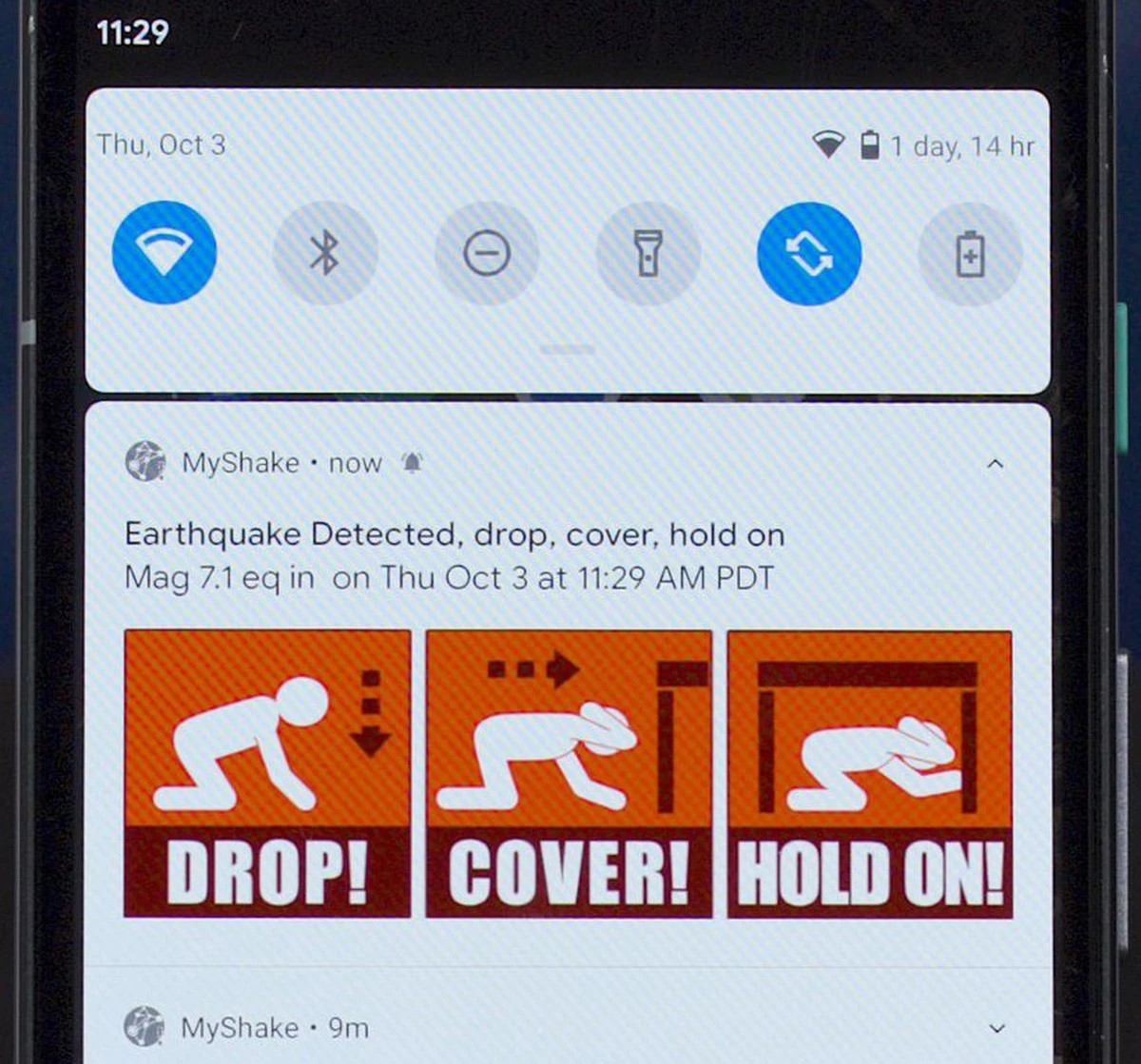
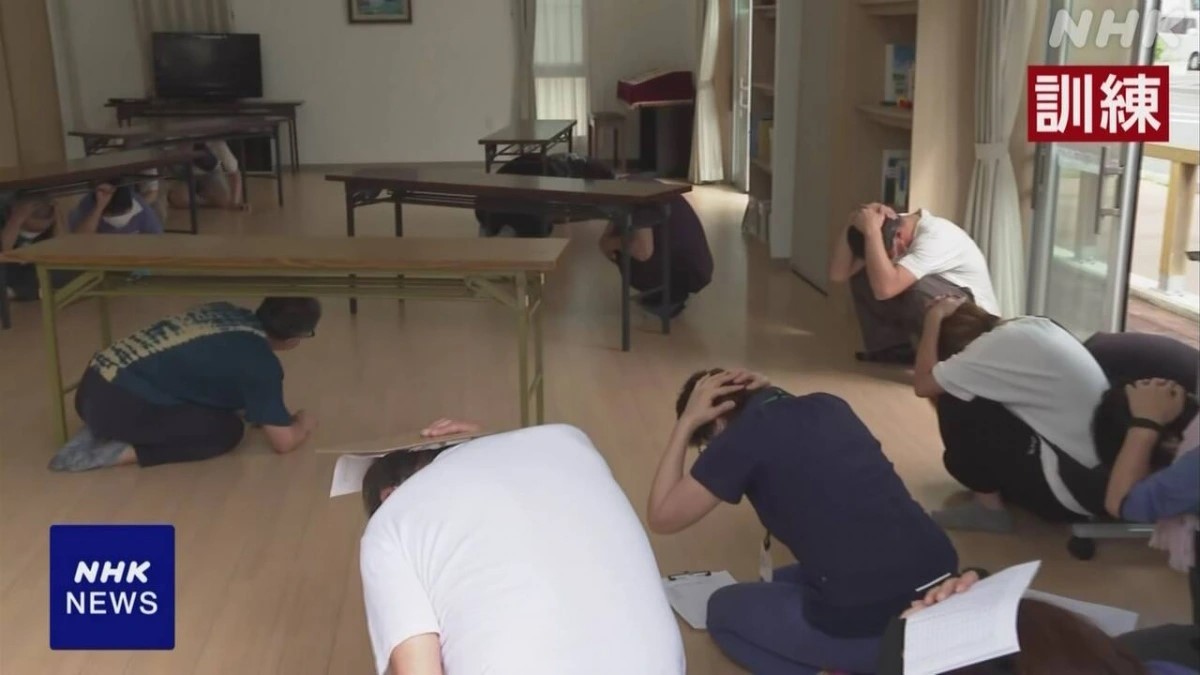



![[Photo] Closing of the 11th Conference of the 13th Central Committee of the Communist Party of Vietnam](https://vstatic.vietnam.vn/vietnam/resource/IMAGE/2025/4/12/114b57fe6e9b4814a5ddfacf6dfe5b7f)


![[Photo] Overcoming all difficulties, speeding up construction progress of Hoa Binh Hydropower Plant Expansion Project](https://vstatic.vietnam.vn/vietnam/resource/IMAGE/2025/4/12/bff04b551e98484c84d74c8faa3526e0)









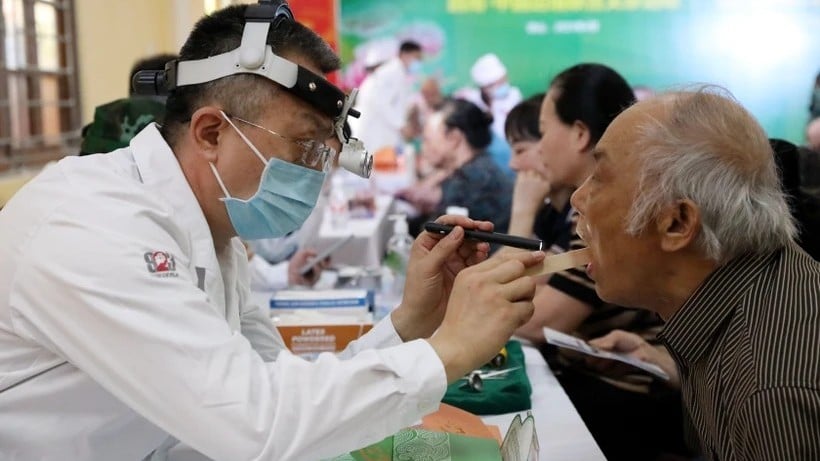
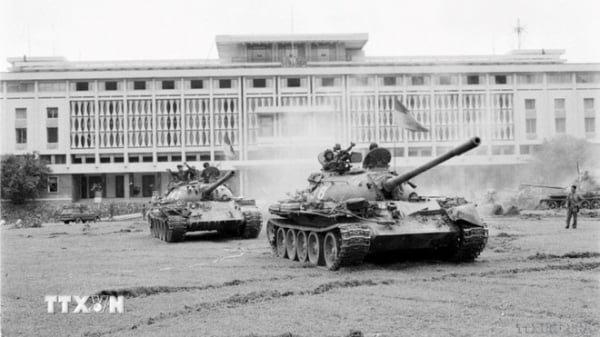
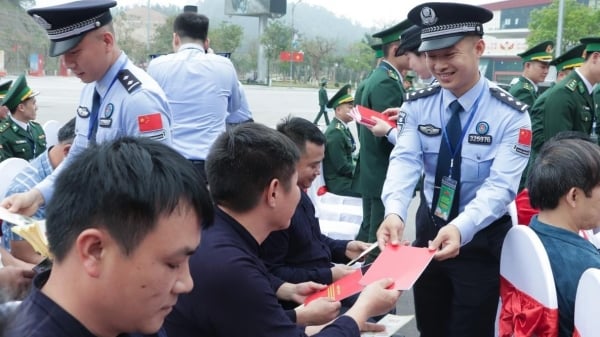

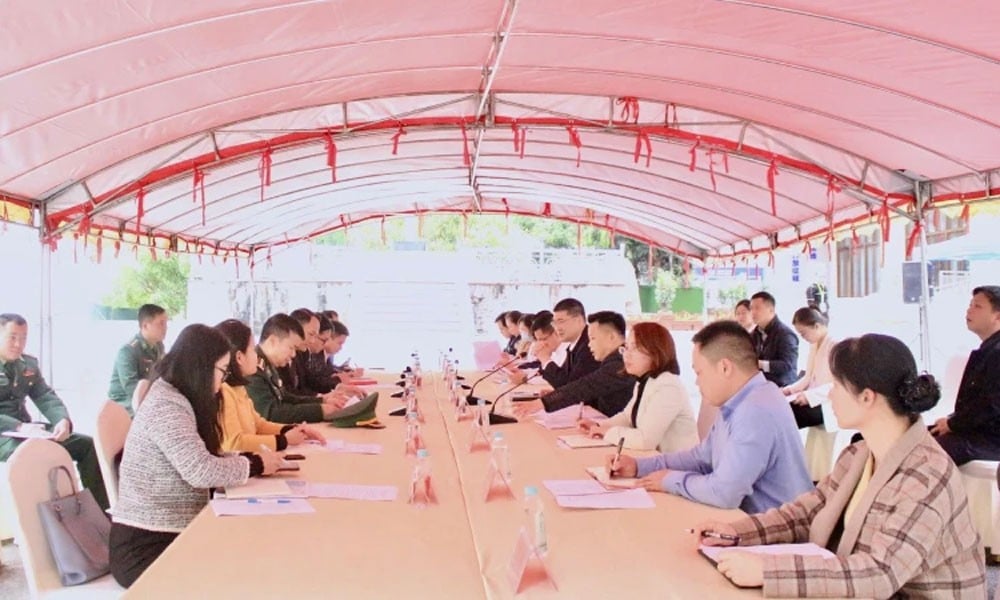















































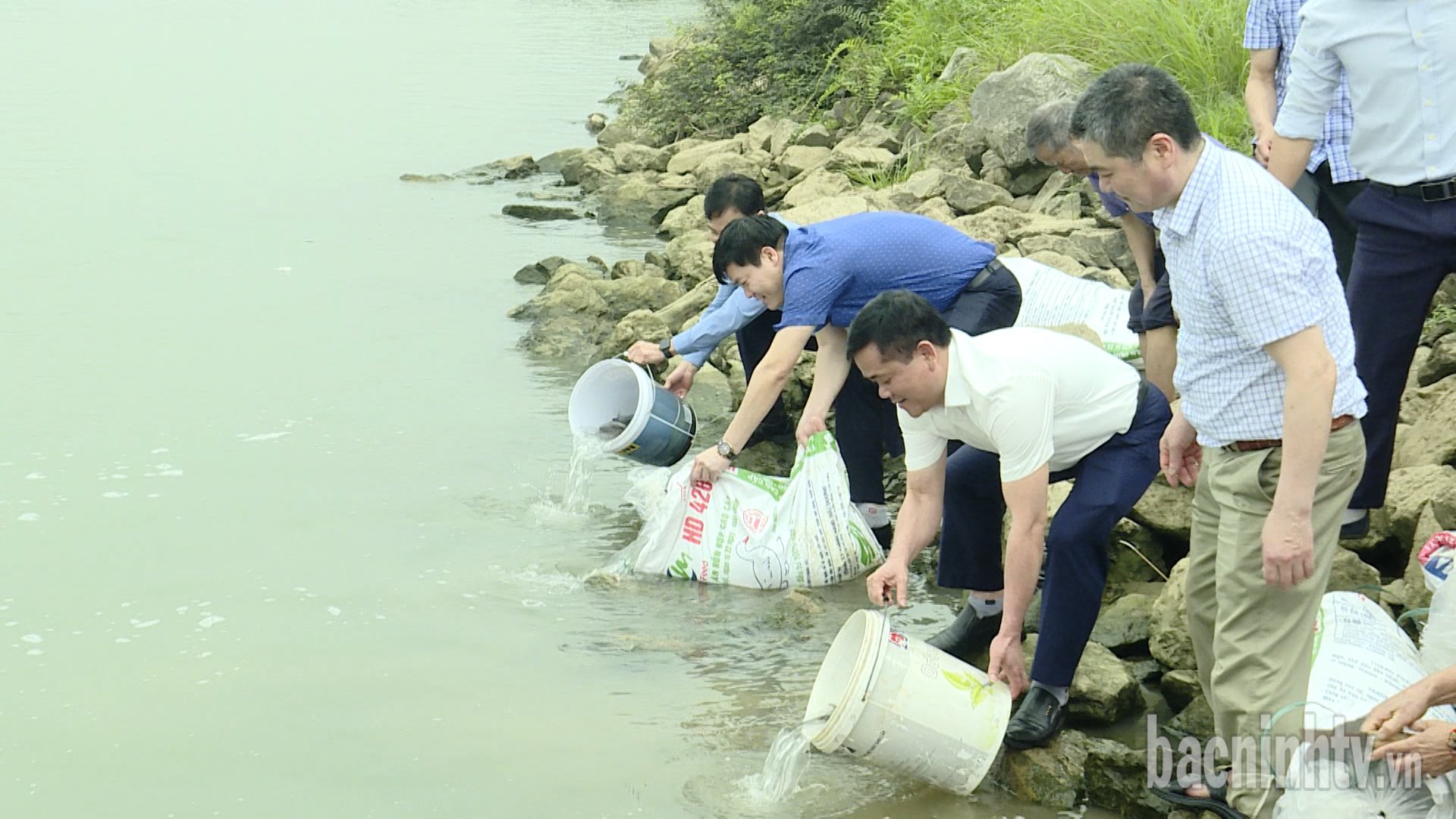






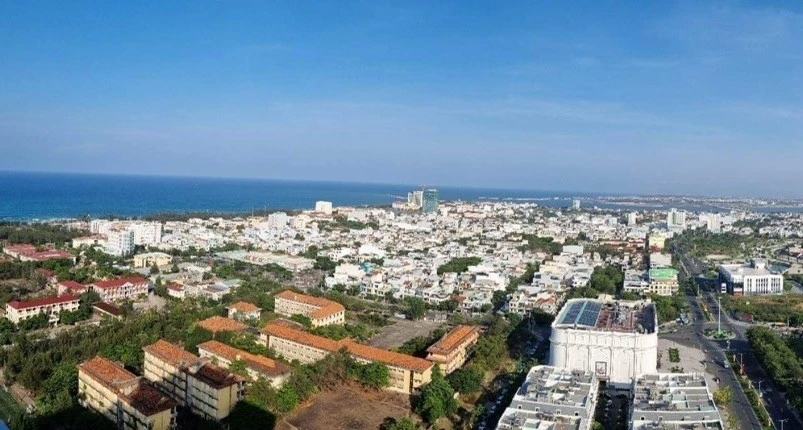














Comment (0)